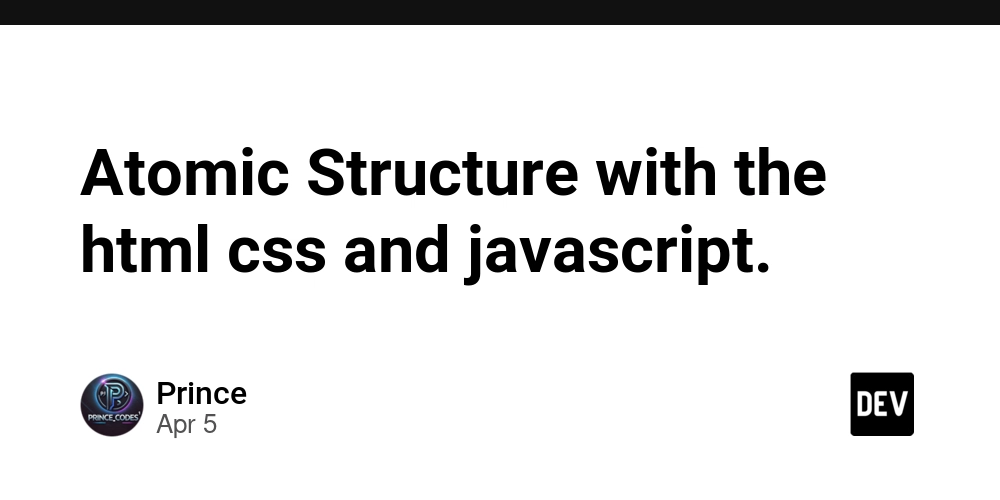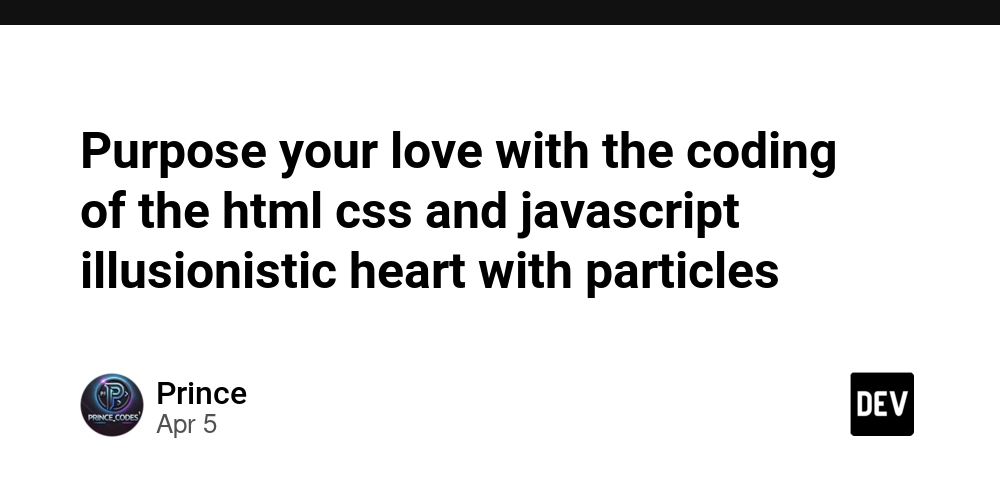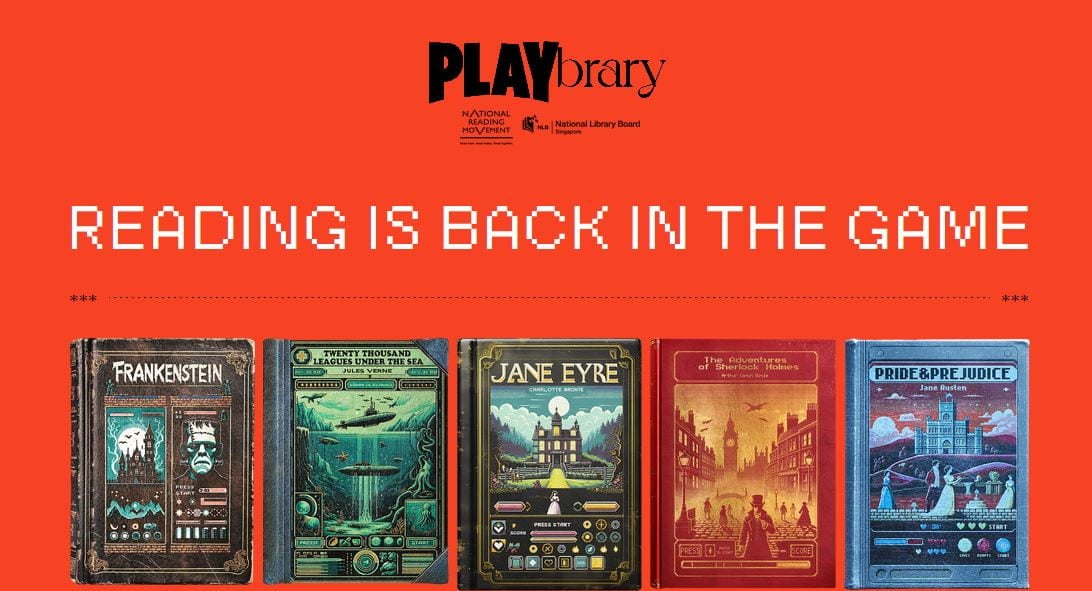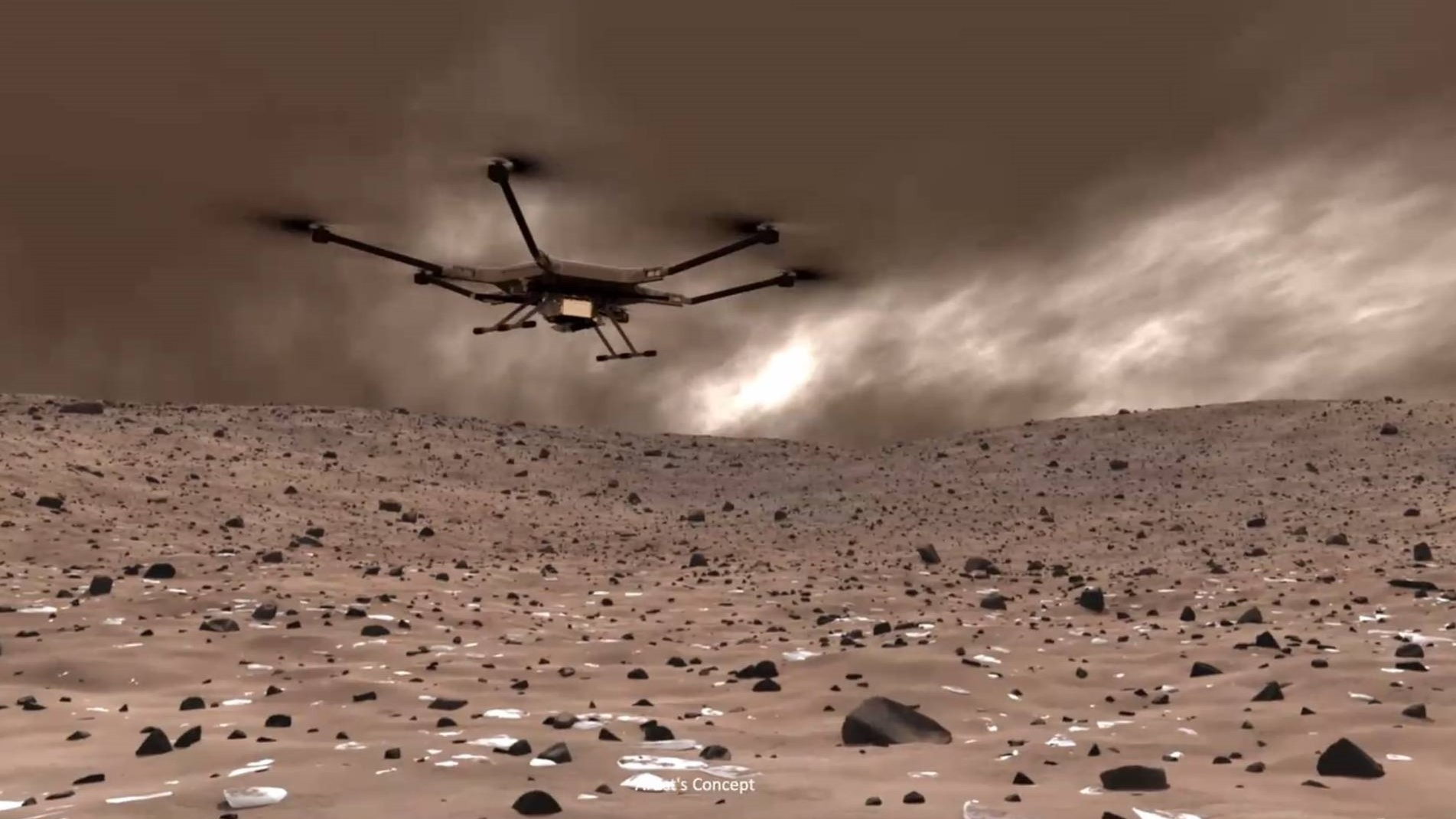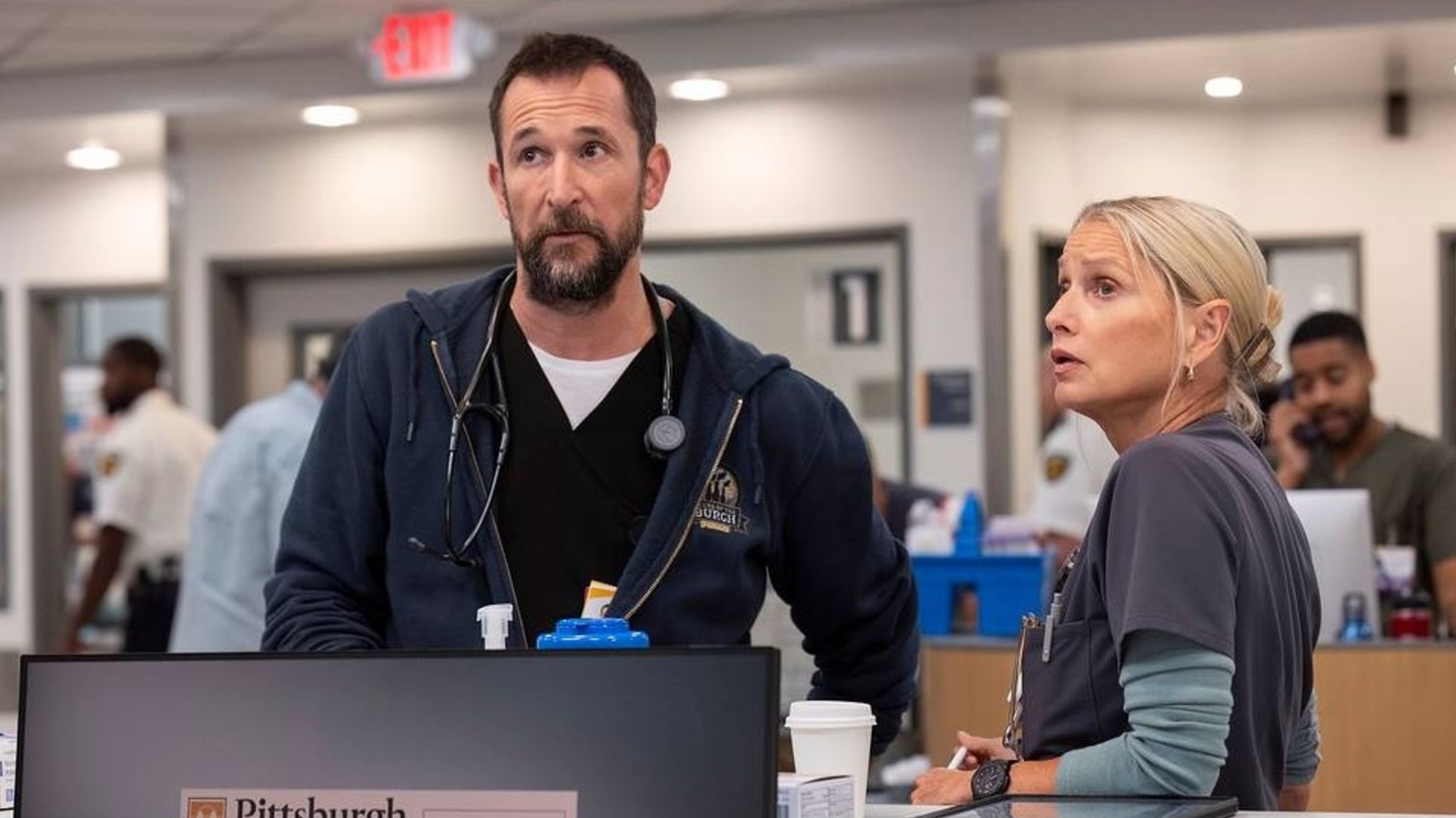My Journey with Microsoft: From a Parallel Port to Azure and AI
Some memories never fade — they remain etched into your identity, quietly shaping your path. For me, many of those memories are tied to code, a keyboard, and a deep passion for building. At just 16, I discovered the C language. The feeling of writing something that a machine could “understand” was nothing short of magical. From there, I quickly dove into C++, Visual Basic, and even COBOL — yes, COBOL — driven by an insatiable curiosity to understand how software worked. I spent every spare hour studying, experimenting, and tinkering, fascinated by the power of programming. In university, that curiosity deepened. I added other languages and tools — Java, Linux environments, Prolog, to name a few. I remember several projects I worked on during that time, but two of them I recall with special care. The first was a suite of console commands to program an 8-bit microcontroller through a parallel port. I built the entire thing over a single weekend, fully immersed in the challenge, using C and a Microsoft compiler. That small project helped me pass the course — but more importantly, it helped me to learn new things and brought me real joy. I loved the feeling of solving meaningful problems with code. The second came during a system design course, when I picked up a worn-out book on Microsoft Visual Basic 6.0. I spent countless days and nights working alone, learning to build complete applications in the classic IDE. It was a simple inventory system for a music store to track CDs and vinyls, but it was my first real taste of building something with structure, purpose, and utility. I remember taking my first steps with databases and authentication, and even building an installer that ran from floppy disks — yes, actual floppy disks. I still remember installing MS-DOS and Windows 3.1 using diskettes, and I genuinely enjoyed the process — carefully watching the screen, waiting for the message prompting the next disk, and swapping each one in order. Seeing my own installer work the same way was exciting. It made me feel like I was building something real — something that belonged in that world. That project was the appetizer for what would eventually become a full-course journey into the world of enterprise applications, even though I had no idea of it at the time. Lessons from the Field Then came the opportunity that truly launched my professional journey: I began working at a bank, joining the corporate banking team as a junior developer. I was young and full of energy, eager to take on any challenge. The systems we worked on were large, complex, and critical to the business — and I found myself right in the middle of it all. As the months passed, I kept growing. The scale and rigor of financial systems demanded more from me than anything I had experienced before. It pushed me to level up, fast. I was given room to learn, take responsibility, and little by little, I advanced — eventually becoming the technical lead of the team. It was during this time that I worked with Classic ASP, and later transitioned to .NET 1.1, C#, and ASP.NET Web Forms. Those years shaped not just my skills, but my mindset as an engineer. I was no longer just writing code — I was learning to lead, to design, and to solve problems at scale. And along the way, I had the privilege of learning from some of the best. I still remember working with a pair of Premier Field Support Engineers from Microsoft, who helped us troubleshoot critical issues in our banking platform. Our conversations over lunch or coffee breaks were mini-masterclasses. One of them especially inspired me — I watched in awe as he debugged our application by analyzing intermediate .NET code directly in the staging environment, without even needing the original source code. That moment blew my mind. It showed me what deep technical mastery could look like — and it’s something I’ve carried with me ever since. A Partnership That Shaped My Career Throughout all these years, Microsoft technologies have been a constant companion. I’ve seen platforms evolve, paradigms shift, and tools become more powerful and elegant — and with each new version of Visual Studio or .NET, I felt more at home. Today, nearly 20 years later, I use Visual Studio Enterprise, Visual Studio Code, Windows 11, Office 365, OneDrive, GitHub, GitHub Copilot, and Azure every day — not only for self-learning, but for solving real-world problems in my projects. Most recently, I’ve been implementing Azure AI services in banking applications, and I’m still just as passionate as I was when I wrote my first main() function. What Comes Next: Sharing the Journey Inspired by this long and fulfilling journey, I’ve decided to take a new step forward: I’ll soon be launching a training initiative focused on advanced .NET development. My goal is to combine deep technical concepts with the insights I’ve gained over the years working in the industry — building not just systems,
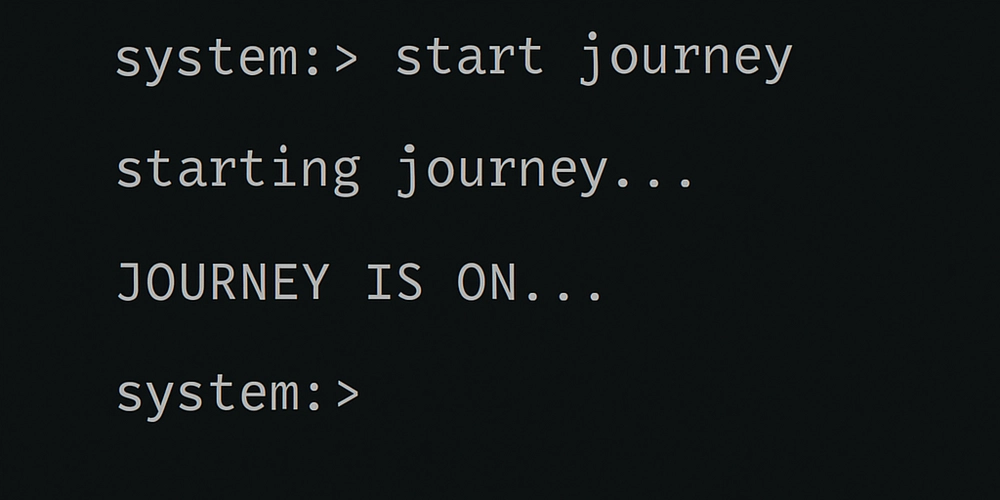
Some memories never fade — they remain etched into your identity, quietly shaping your path. For me, many of those memories are tied to code, a keyboard, and a deep passion for building.
At just 16, I discovered the C language. The feeling of writing something that a machine could “understand” was nothing short of magical. From there, I quickly dove into C++, Visual Basic, and even COBOL — yes, COBOL — driven by an insatiable curiosity to understand how software worked. I spent every spare hour studying, experimenting, and tinkering, fascinated by the power of programming.
In university, that curiosity deepened. I added other languages and tools — Java, Linux environments, Prolog, to name a few. I remember several projects I worked on during that time, but two of them I recall with special care.
The first was a suite of console commands to program an 8-bit microcontroller through a parallel port. I built the entire thing over a single weekend, fully immersed in the challenge, using C and a Microsoft compiler. That small project helped me pass the course — but more importantly, it helped me to learn new things and brought me real joy. I loved the feeling of solving meaningful problems with code.
The second came during a system design course, when I picked up a worn-out book on Microsoft Visual Basic 6.0. I spent countless days and nights working alone, learning to build complete applications in the classic IDE. It was a simple inventory system for a music store to track CDs and vinyls, but it was my first real taste of building something with structure, purpose, and utility. I remember taking my first steps with databases and authentication, and even building an installer that ran from floppy disks — yes, actual floppy disks.
I still remember installing MS-DOS and Windows 3.1 using diskettes, and I genuinely enjoyed the process — carefully watching the screen, waiting for the message prompting the next disk, and swapping each one in order. Seeing my own installer work the same way was exciting. It made me feel like I was building something real — something that belonged in that world.
That project was the appetizer for what would eventually become a full-course journey into the world of enterprise applications, even though I had no idea of it at the time.
Lessons from the Field
Then came the opportunity that truly launched my professional journey: I began working at a bank, joining the corporate banking team as a junior developer. I was young and full of energy, eager to take on any challenge. The systems we worked on were large, complex, and critical to the business — and I found myself right in the middle of it all.
As the months passed, I kept growing. The scale and rigor of financial systems demanded more from me than anything I had experienced before. It pushed me to level up, fast. I was given room to learn, take responsibility, and little by little, I advanced — eventually becoming the technical lead of the team.
It was during this time that I worked with Classic ASP, and later transitioned to .NET 1.1, C#, and ASP.NET Web Forms. Those years shaped not just my skills, but my mindset as an engineer. I was no longer just writing code — I was learning to lead, to design, and to solve problems at scale.
And along the way, I had the privilege of learning from some of the best. I still remember working with a pair of Premier Field Support Engineers from Microsoft, who helped us troubleshoot critical issues in our banking platform. Our conversations over lunch or coffee breaks were mini-masterclasses. One of them especially inspired me — I watched in awe as he debugged our application by analyzing intermediate .NET code directly in the staging environment, without even needing the original source code. That moment blew my mind. It showed me what deep technical mastery could look like — and it’s something I’ve carried with me ever since.
A Partnership That Shaped My Career
Throughout all these years, Microsoft technologies have been a constant companion. I’ve seen platforms evolve, paradigms shift, and tools become more powerful and elegant — and with each new version of Visual Studio or .NET, I felt more at home.
Today, nearly 20 years later, I use Visual Studio Enterprise, Visual Studio Code, Windows 11, Office 365, OneDrive, GitHub, GitHub Copilot, and Azure every day — not only for self-learning, but for solving real-world problems in my projects. Most recently, I’ve been implementing Azure AI services in banking applications, and I’m still just as passionate as I was when I wrote my first main() function.
What Comes Next: Sharing the Journey
Inspired by this long and fulfilling journey, I’ve decided to take a new step forward: I’ll soon be launching a training initiative focused on advanced .NET development. My goal is to combine deep technical concepts with the insights I’ve gained over the years working in the industry — building not just systems, but resilient, scalable, and meaningful software.
Along the way, I’ll also share some of what I’ve learned in Artificial Intelligence, and how it’s reshaping the way we think about building applications. And for those just getting started, I’ll be offering tips, practical advice, and encouragement, drawing from the lessons of my own path.
Full Circle
From programming 8-bit microcontrollers through a parallel port, to implementing enterprise-scale AI solutions in the cloud — it’s been a long road filled with passion, long nights, breakthroughs, and a relentless desire to keep growing.
If you’ve ever felt that spark — that need to understand, to build, to push yourself forward — then this journey is for you too.
Stay tuned




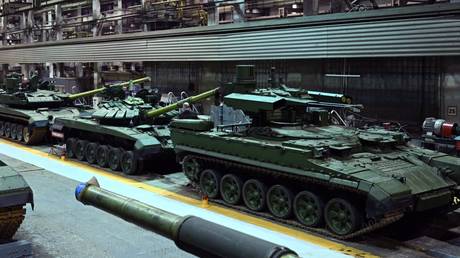



![[FREE EBOOKS] The Kubernetes Bible, The Ultimate Linux Shell Scripting Guide & Four More Best Selling Titles](https://www.javacodegeeks.com/wp-content/uploads/2012/12/jcg-logo.jpg)
